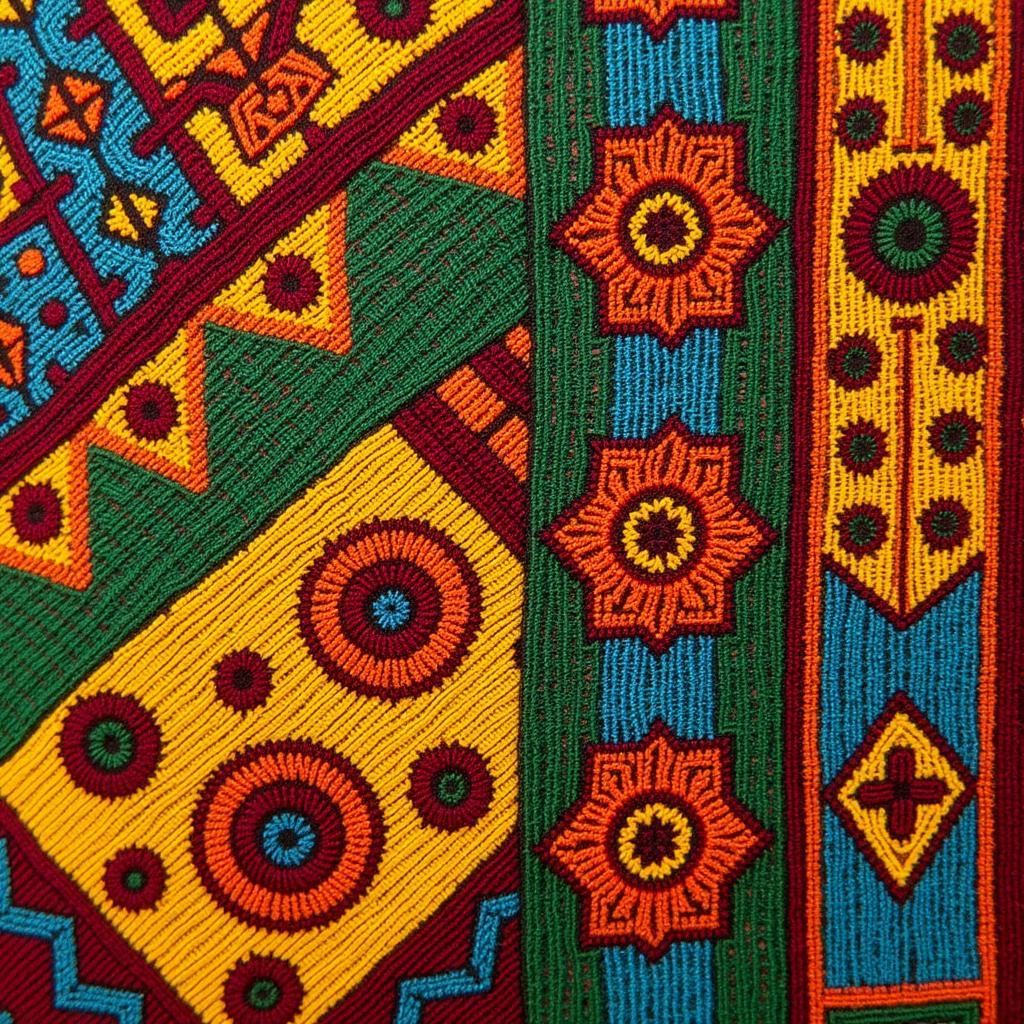Unmasking the African Animal Ratel: Honey Badger Don’t Care!
The African Animal Ratel, more famously known as the honey badger, is a creature of captivating contrasts. This small, fearless animal, with its distinctive black and white markings, has earned a reputation as one of the world’s most tenacious creatures. While their love for honey might make them seem sweet, honey badgers are anything but docile. They are fierce fighters with a reputation for taking on animals much larger than themselves, including lions and hyenas.
Fearless Forager: The Ratel’s Diet and Hunting Techniques
Living up to its “honey badger” title, this animal has a serious sweet tooth. Honey, along with bee larvae, makes up a significant portion of its diet. This love for honey often leads them into dangerous situations, facing off against bee stings with an almost indifferent attitude.
Their diet isn’t limited to sweet treats, however. They are opportunistic omnivores, happily devouring snakes (even venomous ones!), rodents, birds, and insects. Their strong claws and powerful jaws help them dig out prey from burrows and tear through tough hides.
A Coat of Armor: Understanding the Ratel’s Defenses
What makes the honey badger truly remarkable is its incredible defense mechanism. Their thick, loose skin is almost impervious to stings, bites, and even porcupine quills. This allows them to withstand attacks from predators that would send other animals running.
Adding to their arsenal, honey badgers possess a secret weapon – a stink gland located at the base of their tail. When threatened, they can release a foul-smelling liquid, capable of deterring even the most determined predator.
More Than Just a Honey Lover: The Ratel’s Importance in the Ecosystem
Often overshadowed by its fearsome reputation, the honey badger plays a crucial role in maintaining a balanced ecosystem. As a scavenger, it helps keep the environment clean by consuming carrion. Their digging habits also play a part in soil aeration and seed dispersal.
The African Animal Ratel: A Symbol of Resilience and Adaptability
The African animal ratel, with its unwavering courage and remarkable resilience, serves as a powerful symbol of survival against all odds. They remind us that even in the face of adversity, tenacity and adaptability can lead to triumph. Their story is a testament to the power of nature’s incredible creations.
FAQs about the African Animal Ratel
1. Are honey badgers aggressive?
Honey badgers are generally not aggressive, but they are fearless and will defend themselves fiercely if threatened.
2. Can a honey badger kill a lion?
While unlikely to kill a lion outright, a honey badger’s tenacity and powerful defenses make it a formidable opponent, often causing larger predators to back down.
3. How long do honey badgers live?
In the wild, honey badgers live for an average of 7-8 years, but they can live up to 24 years in captivity.
4. Where are honey badgers found?
Honey badgers are found throughout sub-Saharan Africa, with populations also present in parts of Southwest Asia and the Indian subcontinent.
5. What is the biggest threat to honey badgers?
The biggest threat to honey badgers is habitat loss and human-wildlife conflict.
Want to learn more about African wildlife?
Explore more fascinating insights into the diverse animal kingdom of Africa on our website. Discover the captivating stories behind African folklore embroidery or delve into the intricate details of the African elephant nose. For a deeper understanding of animal anatomy, check out the latest research in the African Journal of Veterinary Anatomy.
Need help planning your African safari adventure? Contact us at +255768904061 or kaka.mag@gmail.com. You can also visit our office in Mbarali DC Mawindi, Kangaga, Tanzania. Our team is available 24/7 to assist you!
